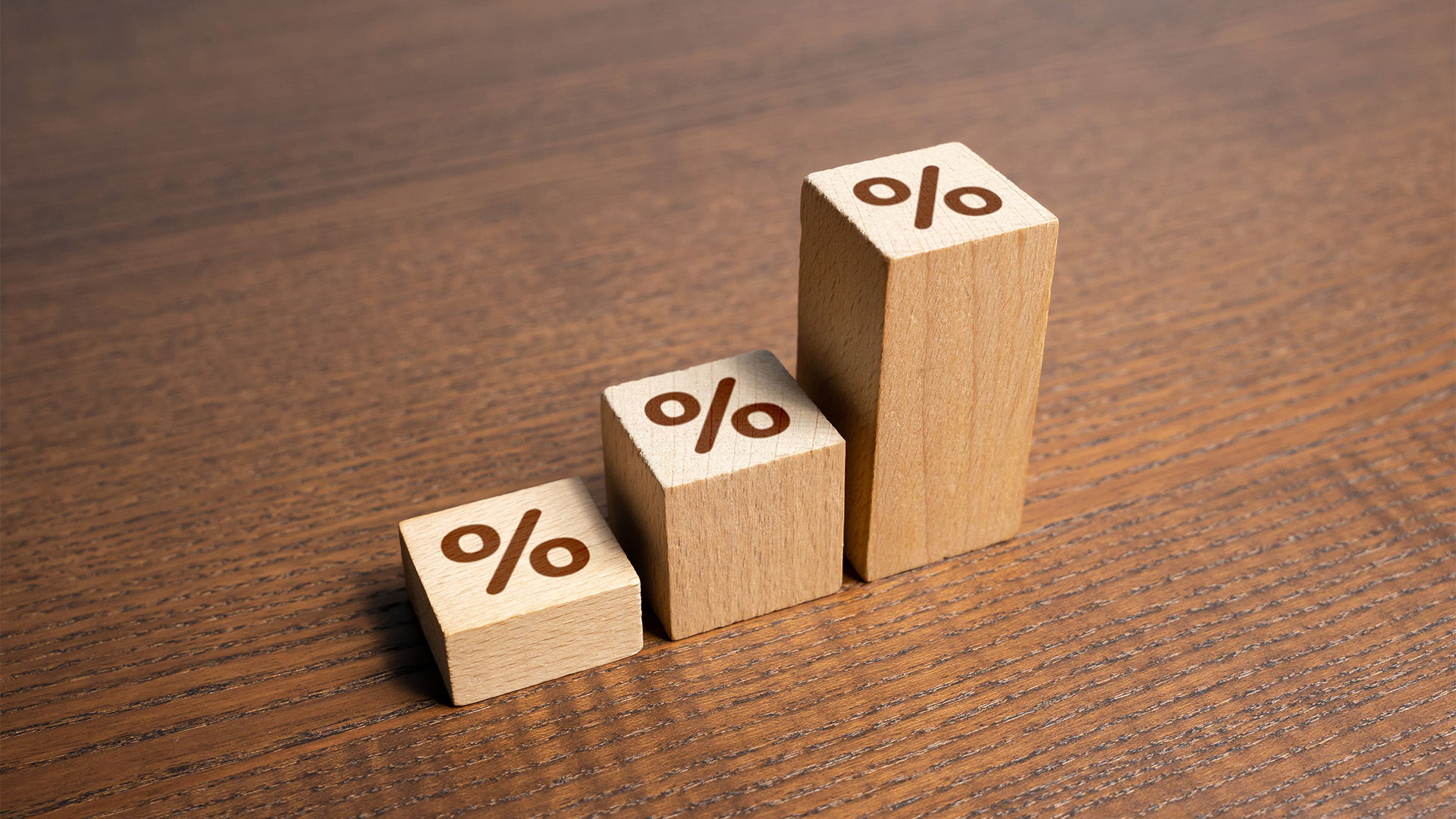The cancellation of a pivotal presentation to Engineers Australia due to social media backlash from Climate 200 has spotlighted a critical debate on the future of Australia's energy landscape. The talk, prepared by nuclear advocate Robert Parker, was set to present a compelling case for nuclear energy as a cost-effective and environmentally sustainable solution, an argument that, if embraced, could transform the nation's approach to energy.
Nuclear Energy: The Unexplored Frontier
Australia's current energy strategy leans heavily on variable renewables like wind and solar. However, this approach lacks a proven track record for achieving ultra-low emissions and maintaining affordable energy prices. Parker's presentation was designed to showcase how nuclear energy can address these issues more efficiently.
Key Points from the Presentation
- Environmental and Economic Benefits
Nuclear energy offers unmatched advantages in terms of low carbon emissions and minimal environmental impact. According to the United Nations Economic Commission for Europe, nuclear power has the lowest emissions and one of the lowest health risks among all energy sources. Repealing Australia's ban on nuclear energy could unlock these benefits and position the country as a leader in sustainable energy.
- Demystifying the Nuclear Fuel Cycle
The nuclear fuel cycle, from uranium mining to power generation, is a testament to the efficiency of nuclear energy. The process of splitting uranium atoms releases energy millions of times more efficiently than burning fossil fuels. This section aimed to explain the scientific principles behind nuclear power, highlighting its potential for safe and effective energy production.
- Renewables vs. Nuclear: A Comparative Analysis
The presentation intended to illustrate the limitations of renewable energy in achieving deep carbon reductions and cost efficiency. Germany’s decision to phase out nuclear power has resulted in higher emissions and economic challenges, serving as a cautionary example. In contrast, nuclear-powered France maintains much lower emissions. The financial burden of Germany’s energy transition, expected to reach up to €1 trillion by 2030, underscores the economic risks of an over-reliance on renewables.
- A Strategic Plan for Transition
A detailed plan for transitioning Australia’s National Electricity Market (NEM) to nuclear power by 2060 was outlined, aiming to eliminate fossil fuel use. Beginning with 0.6 gigawatts of nuclear energy by 2035 and scaling up to nearly 37 gigawatts by 2060, the plan proposed a balanced mix of 70% nuclear and 30% renewables. This approach was projected to offer the lowest cost and emissions profile for the nation.
Financial and Environmental Impacts
According to the CSIRO’s GenCost report, a nuclear-dominated energy system could reduce costs to 31¢ per kilowatt-hour, significantly lower than the 59¢ per kilowatt-hour estimated for a renewable-centric grid. Additionally, the emissions from a nuclear-inclusive system would be four times lower, making nuclear power an indispensable element for achieving net-zero emissions.













